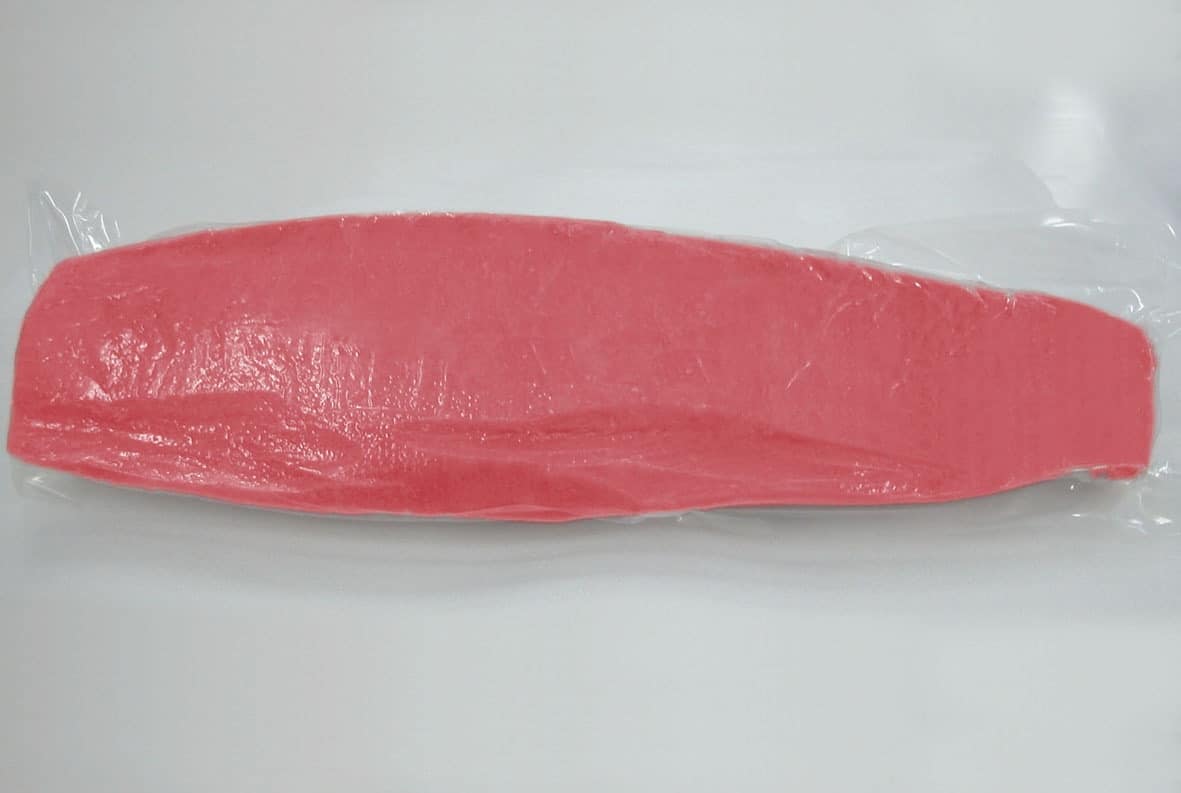Unveiling the World of Tuna Loin: Production and Processing
Introduction
Embark on a culinary journey as we unravel the mysteries behind tuna loin. From its origins to the meticulous processes it undergoes, this article is your gateway to understanding the nuances of tuna loin production and processing.
Tuna Loin 101: An Overview
Understanding Tuna Loin
Explore the basics of tuna loin, from its unique texture to the distinct flavor profile that makes it a favorite among seafood enthusiasts. Learn about the key characteristics that set tuna loin apart in the culinary world.
Tuna Species Varieties
Delve into the different tuna species contributing to the creation of tuna loin. From yellowfin to albacore, each variety brings its own nuances, influencing the taste and texture of the final product.
Importance of Tuna Loin in Culinary Arts
Uncover the culinary significance of tuna loin and its role in various cuisines worldwide. From sushi to grilled dishes, understand how chefs leverage tuna loin’s versatility to create delectable masterpieces.
The Journey from Sea to Table: Tuna Loin Production
Sustainable Tuna Fishing Practices
Explore the importance of sustainable fishing practices in tuna loin production. Learn how responsible fishing ensures the preservation of marine ecosystems and contributes to the availability of high-quality tuna.
Catching and Handling Tuna
Take a closer look at the methods employed in catching and handling tuna. From traditional fishing techniques to modern technology, understand the processes that guarantee the freshness and quality of tuna loin.
Onboard Processing Facilities
Discover the onboard processing facilities that play a crucial role in preserving the integrity of tuna loin. From rapid chilling to proper storage, these facilities ensure that the tuna maintains its premium quality until it reaches the shore.
Crafting Perfection: Tuna Loin Processing Methods
Filleting and Loin Extraction
Step into the world of tuna loin processing with insights into filleting and loin extraction techniques. Understand the precision required in these steps to obtain the prized tuna loin.
Quality Grading
Delve into the criteria used for quality grading in tuna loin processing. From color and texture to fat content, grasp the standards that determine the grade of tuna loin destined for culinary excellence.
Freezing and Storage
Explore the methods employed in freezing and storing tuna loin to maintain its freshness. Learn about the optimal conditions that ensure the longevity of tuna loin without compromising its taste and texture.
Learn about Tuna Loin, Current Production, and Processing Met hods
hods
Innovations in Tuna Loin Processing
Stay updated on the latest innovations in tuna loin processing. From advancements in technology to sustainable practices, this section explores how the industry adapts to meet the demands of the modern culinary landscape.
Traceability and Consumer Awareness
Understand the increasing importance of traceability in tuna loin production. Explore how consumers are becoming more conscious of the origins of their food, prompting the industry to prioritize transparency.
The Role of Certification in Tuna Loin
Discover the significance of certifications in ensuring the quality and sustainability of tuna loin. From MSC certification to other industry standards, learn how these marks guarantee a premium product.
FAQs About Tuna Loin Production and Processing
Is tuna loin always obtained from fresh catches, or is it processed from frozen tuna? Tuna loin can be obtained from both fresh catches and frozen tuna. However, the processing methods ensure that the quality and taste of the final product meet high standards.
What is the best cooking method for tuna loin? Tuna loin is incredibly versatile and can be cooked in various ways, including grilling, searing, or serving raw in sushi. The best method depends on personal preferences and the desired dish.
How can consumers ensure they are purchasing sustainably sourced tuna loin? Look for certifications such as MSC or information on sustainable fishing practices on product labels to ensure your tuna loin is responsibly sourced.
Does the type of tuna species affect the taste and texture of the loin? Yes, the type of tuna species significantly influences the taste and texture of the loin. Different species have distinct flavor profiles and textures, allowing consumers to choose according to their preferences.
Are there any health considerations when consuming tuna loin regularly? Tuna loin is a healthy choice rich in omega-3 fatty acids and proteins. However, individuals with concerns about mercury levels should be mindful of their consumption, opting for lower-mercury tuna species.
How long can frozen tuna loin be stored without compromising quality? When properly frozen and stored, tuna loin can maintain its quality for several months. However, it’s recommended to consume it within three to six months for the best flavor.
Conclusion
In conclusion, learning about tuna loin, current production, and processing methods opens a door to the fascinating world behind this culinary delicacy. From the vastness of the sea to the precision of processing, tuna loin reflects a harmonious blend of tradition, innovation, and sustainability.


 hods
hods


Wow, this blogger is seriously impressive!